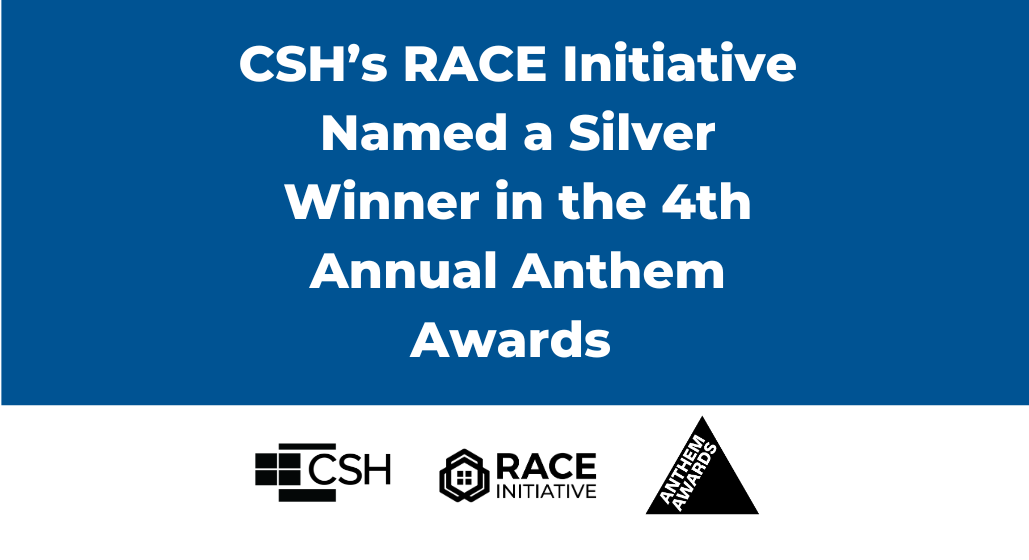HUD Releases FUP-FSS Demonstration to Help At-Risk Young Adults Transition to Adulthood
CSH Guest Blog by: Todd Lloyd, Senior Policy Associate, Jim Casey Youth Opportunities Initiative; and Ruth White, Executive Director, National Center for Housing and Child Welfare
Recently, the United States Department of Housing and Urban Development (HUD) released PIH Notice 2016-01, allowing Public Housing Agencies (PHAs) to participate in a demonstration program to test if combining stable housing through vouchers and financial capacity and asset building would improve outcomes for at-risk youth aging out of foster care. The demonstration would allow PHAs that operate an existing Family Self Sufficiency (FSS) and have Family Unification Program (FUP) vouchers serving eligible youth to extend the time limit from the 18-month statutory restriction to the length of the FSS contract (up to five years).
The demonstration, originally authorized in the final FY2015 Omnibus Appropriations Act, was developed by CSH and the National Center for Housing and Child Welfare (NCHCW) to give young adults leaving foster care an opportunity to access the Family Self Sufficiency (FSS) program. The FSS program can be a valuable tool to helping this population gain economic independence while they transition to adulthood.
The nearly 30,000 youth who age out of foster care each year are among those at greatest risk for becoming homeless. (1)
Indeed, the back door of the foster care system is the front door of the homeless system.
Although young people aging out of foster care may experience unstable housing without becoming homeless, housing instability can be an antecedent to homelessness, which is of particular concern because of the link between homelessness and various negative outcomes. Indeed, the back door of the foster care system is the front door of the homeless system. Just as responsibility ceases for one system, it begins for the other. Some observers describe foster care as a “pipeline” to homelessness.
Housing stability matters throughout life but may be especially important during certain developmental stages such as the transition to adulthood because of its relationship to self-sufficiency. A lack of stable housing can impede efforts to become self-sufficient. It is difficult for young people to pursue education and training or to find and keep a job if their housing is unstable. Conversely, young people are better able to continue their schooling and maintain gainful employment if they are stably housed.
The FSS program is a flexible resource that allows a participant to develop their own goals, encourages employment and builds self-empowerment while maintaining housing stability. The core piece of this demonstration is that the statutory 18-month time limit on FUP vouchers for young adults leaving foster care is extended for the length of the FSS contract.
Under the demonstration, HUD is not putting any restrictions on the number of PHAs that apply. The only two limitations are that a PHA needs to be currently administering FUP vouchers for young adults who have left foster care and have an existing FSS program. HUD is seeking applications from PHAs through July 15, 2016.
HUD is hosting a webinar on Thursday, January 28, 2016 at 2:00 pm EST for interested parties to learn more and you can sign up for the webinar here. HUD and the United States Administration for Children and Families (ACF) sent a joint letter to Child Welfare Directors, outlining the benefits of the FSS-FUP demonstration, which can be accessed here.
(1) The Midwest Evaluation found that by age 26, approximately thirty-six percent of former foster young people whose outcomes were known had reported at least one episode of homelessness. “Youths aging out of foster care are at high risk for becoming homeless during the transition to adulthood. Between 31% and 46% of our study participants had been homeless at least once by age 26 years. Running away while in foster care, greater placement instability, being male, having a history of physical abuse, engaging in more delinquent behaviors, and having symptoms of a mental health disorders were associated with an increase in the relative risk of becoming homeless.” Dworsky/Courtney, 2013 (NYTD). In FFY 2013, the NYTD survey asked 19-year-olds if they had experienced homelessness within the past two years. Nearly a quarter (24%) of 19-year-old youth who had exited foster care reported having been homeless at some point within the past two years. Among youth in foster care at age 19, only 10% reported experiencing homelessness in the past two years.




